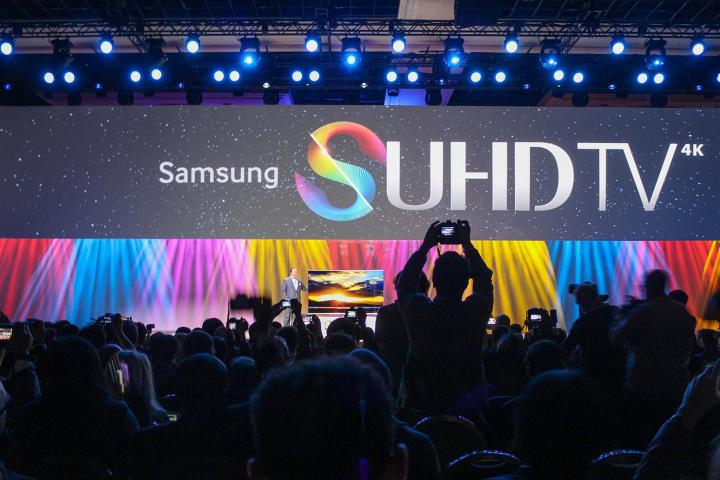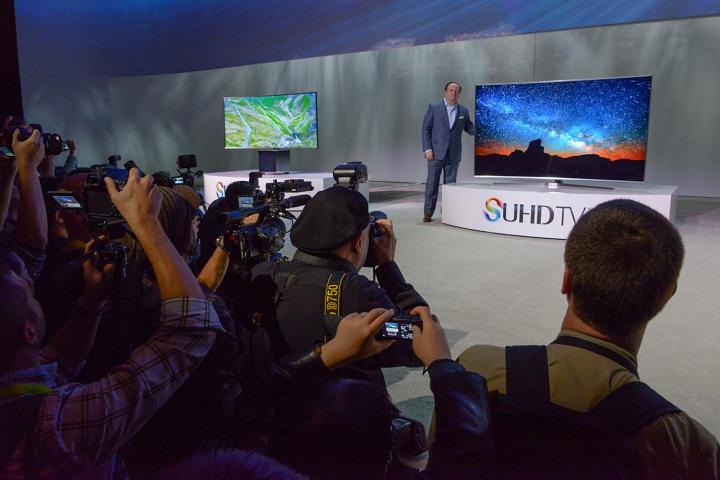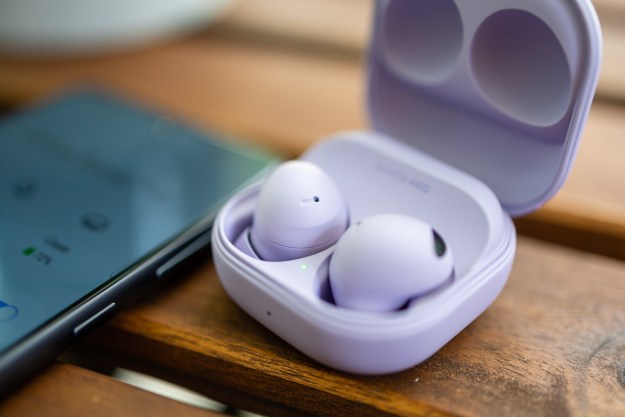
The answers, in order, are: No, sort of, and it’s complicated.
To help understand Samsung’s move to “SUHD” as a descriptor for its forthcoming televisions, we tracked down Dave Das, Senior Vice President of Home Entertainment Marketing at Samsung. He explains what Samsung is up to this year in television, why SUHD is supposed to be better than UHD, and how UHD is poised to take off in 2015 as 4K content comes in at a gush rather than a trickle.
As comprehensive as Dave Das’ answers were, we walked away feeling there might still be some confusion around SUHD. So, to clarify exactly what SUHD is all about, we’ve broken it all down below.
It’s marketing folks
By now, you’ve likely sorted out for yourself that SUHD isn’t some kind of new resolution that somehow exceeds that of 4K UHD, it’s simply Samsung’s marketing efforts at making a premium line of 4K UHD TVs when
SUHD isn’t some kind of new resolution that somehow exceeds that of 4K UHD.
Is it worth the premium price that comes with Samsung’s SUHD? That depends on how important having the best is to you. Samsung’s SUHD TVs are sure to be chart toppers this year, even if the content that really makes them shine doesn’t show up for another year or so. Of course, if you’re an early adopter, you’re not going to want to wait for spring 2016 to get your hands on the next version of SUHD. But if you can stomach waiting, you will probably save a few bucks, and get yourself in the second generation of this super-premium lineup at a time when you can pick up a 4K Blu-ray to really take advantage of everything SUHD brings to the table.
Better color, brighter picture
Two somewhat similar backlighting technologies battled for supremacy at CES this year: quantum dots, and an approach without a totally un-sexy name involving LEDs coated with phosphors. Some manufacturers hitched their wagon to quantum dots, while others went with the phosphor-coated LEDs — only LG came to the show using both. Samsung decided on quantum dots. Each manufacturer called their technology something different, which only makes things harder for consumers. In any case, both technologies allow for a TV with better color accuracy, a wider color gamut, brighter overall images and higher dynamic range (brighter brights and darker darks).
For now, users will only benefit from the improved color accuracy and brightness. Later on down the road, as 4K UHD content is mastered to take advantage of the wider color gamut and higher dynamic range, owners of these TVs will see some significant bumps in picture quality as well as the increased resolution
So, SUHD means better picture quality and compliance with future 4K UHD standards.
New Tizen-based TV operating system
Pretty much every TV is a smart TV these days, but this year nearly every manufacturer came with an overhauled interface to make the experience better. Not surprisingly, most of them appear to follow the trail LG blazed with webOS. Of course, just because they look similar doesn’t mean they act the same. Samsung has an opportunity here to better integrate its TVs with Samsung mobile devices like smartphones, tablets and smart watches. Users can expect an unprecedented level of interaction among different Samsung devices in the years ahead — instant streaming back and forth from TV to mobile devices, for instance. By using the SUHD moniker, Samsung is implying its TVs have the brand’s very best user interface.
New design
Samsung really dove deep into design this year, commissioning renowned designer Yves Behar to design its concept television, the S9W. But the company also made concerted efforts to make its TVs look even better in living rooms and home-theater spaces. Samsung wants SUHD to be synonymous with its best TV designs, pure and simple.
Simply put, SUHD represents Samsung’s very best efforts in TV for 2015, and that includes a whole lot of forward-looking TV tech. We’re eager to see how SUHD looks when we take them to task later this year, and we look forward to telling you all about it this Spring.
Editors' Recommendations
- Samsung’s 2024 Neo QLED TVs are here, and you can preorder them now from $1,200
- Forget waiting! Here’s all the CES 2022 tech you can buy right now







